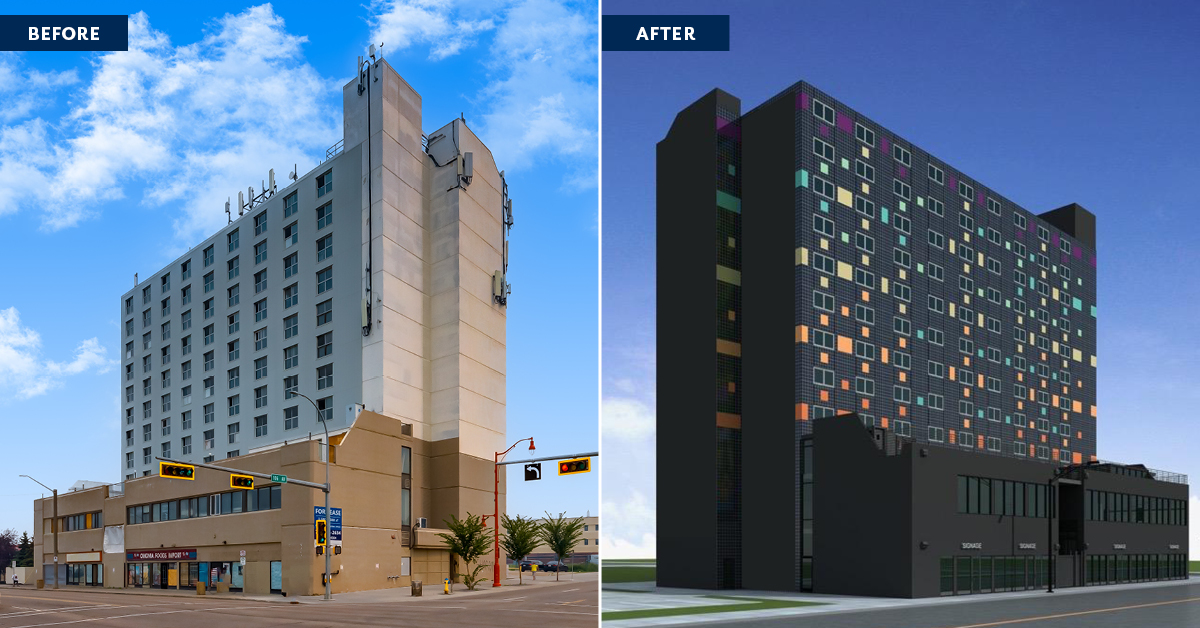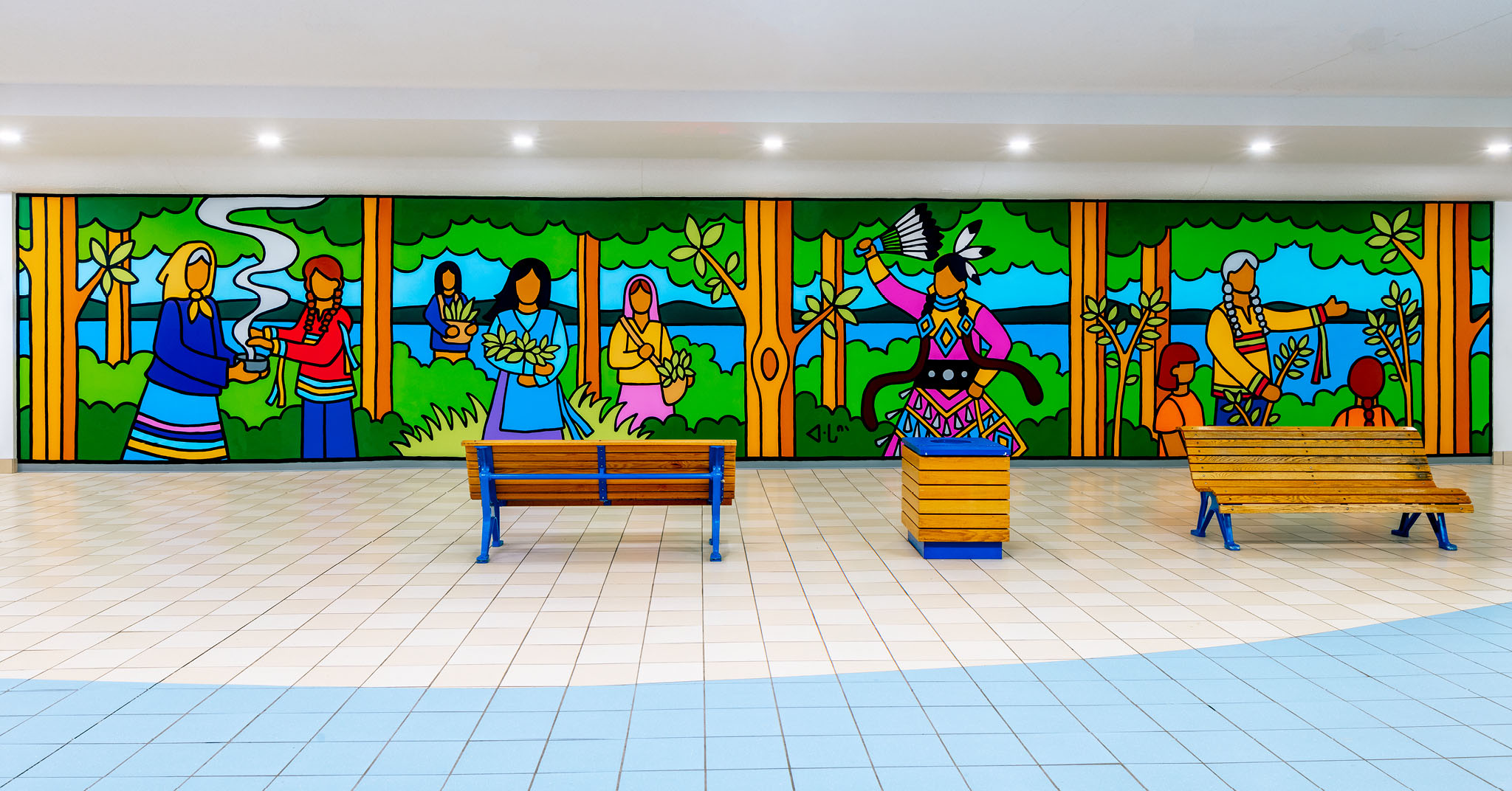Avenue Living has always believed that the Prairies is a region filled with promise. We were founded here and have strategically invested in Alberta since 2006, and today we own and operate approximately 3,500 multi-family units in Edmonton alone. While others may have looked eastward, or to the coasts, we have kept our eyes firmly on western Canada.
“We’re focused on continuing to build our multi-family residential portfolio in the Prairies,” says Gabe Millard, SVP Capital Markets — Equity & Research. “There’s plenty of opportunity to deliver safe, affordable, comfortable housing to our target demographic, workforce housing residents.” Amid rising interest rates and inflation, Alberta attracts people from other provinces as well as new arrivals to Canada due to its affordable cost of living and strong employment prospects.
Promising Market Demographics
Alberta has experienced population growth in the past year, especially inter-provincial migration — in 2023, it led the country, with a rate significantly higher than other provinces. Edmonton’s population is expected to grow from 1.25 million to 1.86 million by 2033, and the city is expected to surpass the two-million mark by 2041. In 2023 alone, the province grew by 3.5%.

Many industry experts anticipate the demand for multi-family residential rentals to increase as the population ages, a trend that holds true in many municipalities. The demand for apartment-style housing tends to be high among younger populations just forming households, then rises again as people grow older and seek alternatives to single-family homes.
Alberta is known for its affordability, and Edmonton has a reputation as an affordable “big city.” In 2022, a benchmarking study ranked Edmonton among the most affordable in the country.
Industry and Employment
In addition to being an affordable city, Edmonton boasts a high median renter income, 42% higher than the national median thanks to strong employment opportunities. While the province is renowned for its energy sector, an industry that has driven employment for decades, Edmontonians also work in a variety of other industries. The city has a strong technology sector, fueled by its reputation as a leading research and education centre — the University of Alberta is home to the National Institute for Nanotechnology and the Alberta Machine Intelligence Institute. The city is also home to several regional offices of major banks.
Edmonton’s largest employer is Alberta Health Services (AHS); the government of Alberta is second. The University of Alberta is also a top employer, and one of the country’s leading research institutions. In total, there are six post-secondary institutions in the city, which provide services to 180,000 full and part-time students each year. Other leading employers include manufacturers, engineering firms, and retail — the West Edmonton Mall is the largest shopping centre in North America, and the city is also home to the continent’s largest open-air retail development.
Edmonton’s location is also a draw for the distribution and logistics sector, it’s home to a major intermodal freight facility, and CN Rail has announced intentions to consolidate operations in Edmonton.
Culture and Recreation
Edmonton has a thriving cultural scene. Known for its arts festivals (including the Edmonton Fringe), you’ll find 25 local theatre companies, contemporary dance troupes, and more. The city is also filled with museums and art galleries, including the Royal Alberta Museum and the Alberta Art Gallery.
The ICE District — the area surrounding the Rogers Place Arena — is home to restaurants, entertainment, retail, hotels, and office space, all in the downtown core. The revitalized, mixed-use district attracts tourists and Edmontonians alike.
Nearby, the Edmonton River Valley Park attracts visitors on foot or on bike. The park is the largest urban park in North America, and boasts more than 160 km of maintained pathways that connect 20 major parks. People flock to the park year-round to boat or canoe, for picnics, to run, walk, bike, or cross-country ski and skate in the winter months.
South of the valley is Old Strathcona, a historic district home to retail, farmer’s markets, pop-up art galleries, and restaurants. The neighbourhood is a registered provincial historic area, populated with heritage buildings erected in the early part of the 20th century.
On the horizon
Avenue Living is investing in a significant renovation of its Capital Tower building, a 12-storey, 179-unit complex in the city’s downtown core, acting as a gateway to Chinatown. This set of deep retrofits includes an 85-foot art installation by renowned Edmonton artist Lance Cardinal, and this mural will be constructed as a vertical solar array to reduce greenhouse gas emissions. The refurbishment of this building will contribute to the growing community in this district, which is on the upswing.
That sense of community is something we strive to foster in all our properties — and we see plenty of opportunities for growth across the city.
This commentary and the information contained herein are for educational and informational purposes only and do not constitute an offer to sell, or a solicitation of an offer to buy, any securities or related financial instruments. This article may contain forward-looking statements. Readers should refer to information contained on our website at https://avenuelivingam.wpenginepowered.com/forward-looking-statements for additional information regarding forward-looking statements and certain risks associated with them.








